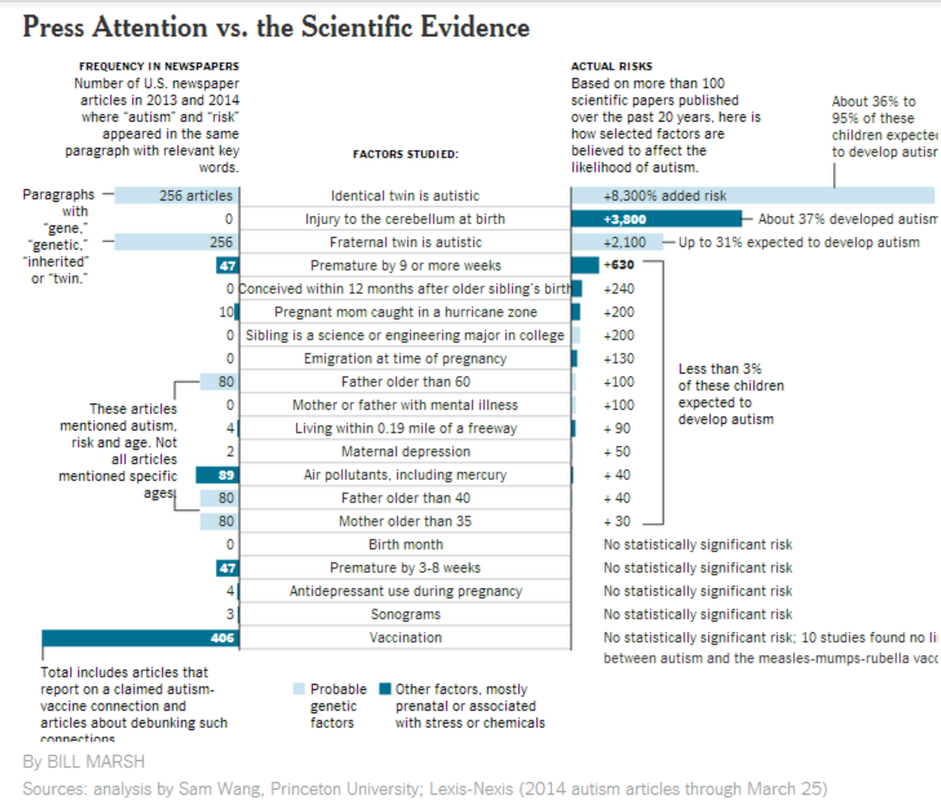
In fact, the mean score for women with Asperger’s was 38.1 (vs. In the AS/HFA group, the mean score for women was higher than for men, while in the control group, the reverse was true. The original study also has some interesting outcomes for gender. Some people who were clinically diagnosed with Asperger’s/HFA scored in the teens, well below the cutoff of 32, and some neurotypical people scored in the thirties. However, it also shows some overlap in the middle of the scoring range. The graph shows a fairly clear difference in the distribution of scores between those with Asperger’s/HFA and the control group. Here is a graph comparing the scores of people with Asperger’s to the scores of neurotypical controls in the 2001 study: From “The Autism-Spectrum Quotient (AQ): Evidence from Asperger Syndrome/High-Functioning Autism, Males and Females, Scientists and Mathematicians” by S. The 2005 study states that using the higher score of 32 as the cutoff would minimize false positives, so there really isn’t a clear consensus on how useful the midrange scores are.

The second study found that of 100 people who completed the AQ, the test correctly classified 83% of them as having Asperger’s or not. A subsequent 2005 study proposed a cutoff score of 26 be used when screening adults for Asperger’s in a clinical setting. The 2001 study found that 80% of people with Asperger’s who took the test scored 32 or higher.

item that indicates an autistic trait) equals one point, so a higher score indicates the presence of more autistic traits. You’ll see your score on the next page along with a list of which items you scored positively on. When you’ve answered all of the questions, click the “Calculate Score” button to get your AQ score. The scoring is based on your choice of agree or disagree with no weight given to how strongly you feel it. Don’t spend too much time agonizing over the slightly or definitely wording. To get started, read the questions and choose one of the four answers for each. There are many places that you can take the test online.

If you’ve always disagreed with the idea that autistics lack imagination or can’t see the point of “the phone number question” on the AQ, you might find the individual item analysis revealing. The 2001 study that was used to develop the AQ has some interesting data about the validity of the individual questions. The AQ is composed of 50 short questions, 10 each on: While the AQ isn’t considered a diagnostic instrument, the 2005 study referenced later in this post did recommend that it be used by family doctors/general practitioners to determine whether to refer an adult patient for an in-depth Asperger’s Syndrome evaluation. It has been tested on adults with normal intelligence who had been diagnosed with AS or HFA*. While the test has “Autism Spectrum” in its title, it’s geared toward identifying adults with Asperger’s Syndrome. The Autism-Spectrum Quotient (AQ) was developed by the Autism Research Centre at the University of Cambridge and first published in 2001. The write up that resulted is rather geeky.

The AQ is used as a clinical screening instrument so in addition to taking the test, I read two of the studies that have been done to validate it. This week for Take-a-Test Tuesday, I took the Autism Spectrum Quotient (AQ) test.


 0 kommentar(er)
0 kommentar(er)
